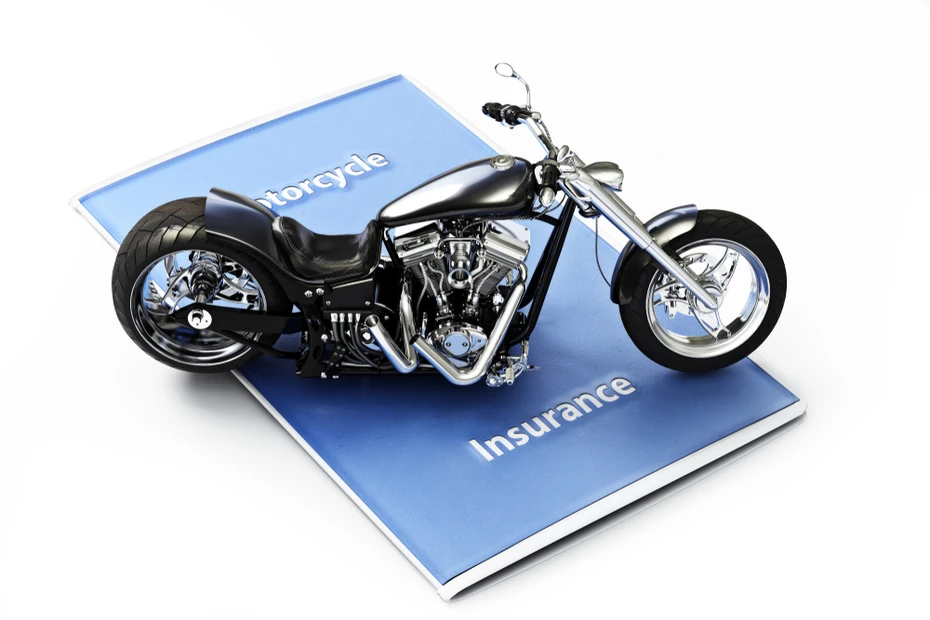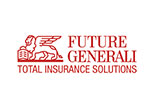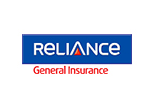How to Choose the Right Bike Insurance: Factors to Consider
How to Choose the Right Bike Insurance: Factors to Consider
Choosing the right bike insurance is more than just ticking off a legal requirement; it's about securing peace of mind every time you hit the road. Bike insurance safeguards not only your vehicle but also your finances in the event of unforeseen incidents. Without appropriate coverage, you might find yourself facing hefty bills or legal troubles. In this guide, we'll dive into the critical factors to consider, ensuring you select the most suitable insurance for your needs.
Table of Contents
Understanding Different Types of Bike Insurance
When it comes to bike insurance, not all policies are created equal. It's vital to grasp the distinctions to make informed decisions.
- Third-Party Insurance: This is the minimum coverage mandated by law in many countries. It covers injuries or damages caused by your bike to other vehicles, people, or property. However, it doesn't cover damages to your bike. The primary benefit is its affordability, but the limitation is the lack of protection for your own vehicle.
- Comprehensive Insurance: Going a step further, this offers a broader safety net. It covers third-party liabilities and damages to your bike due to theft, vandalism, natural disasters, etc. Comprehensive insurance can be a wise choice if you've invested in a new or expensive bike or live in areas prone to natural calamities.
- Specialised Coverages: These are add-ons or riders you can purchase for extra protection on top of your base policy.
- Zero-depreciation cover ensures you receive the full claim without factoring in depreciation.
- Engine protection cover is essential for regions prone to waterlogging, safeguarding against engine damage.
Factors to Consider When Choosing Bike Insurance
Here are some key factors to consider to ensure your coverage is tailored to your unique needs:
Your Usage Pattern:
- Commuting vs. leisure riding: If you use your bike daily for commuting, you might be at a higher risk of minor accidents compared to occasional leisure riding.
- Off-roading or racing: These activities present different risk profiles and might require specialised insurance.
Age and Type of the Bike:
- New vs. older models: New bikes usually demand higher premiums due to their replacement cost. Older bikes might have lower premiums, but consider the availability of parts.
- Sports bikes vs. standard bikes: Sports bikes are generally at a higher risk of theft or accidents, leading to increased premiums.
Coverage Amount (Insured Declared Value - IDV):
- Importance of getting the IDV right: It represents the bike's market value. Underestimating can lead to lower claim amounts while overestimating can result in higher premiums.
- Impact on premiums: The higher the IDV, the higher the premium and vice versa.
Add-ons:
- What are they? Extras on top of your base policy offer additional protection.
- Which ones might you need? Popular options include zero depreciation, engine protection, and roadside assistance.
Deductibles:
- What is a deductible? The amount you agree to pay out of pocket when making a claim.
- How it affects your premium: Opting for a higher deductible can lower your premium.
Claim Settlement Ratio (CSR) of the Insurer:
- Importance of CSR: Indicates the percentage of claims an insurer settles. A high CSR suggests the insurer is more likely to approve your claim.
- How to find this information: Usually available on the insurer's official website or regulatory authorities' websites.
No-Claim Bonus (NCB):
- What is NCB? A reward for not making any claims during your policy period, typically resulting in reduced premiums.
- Why it's beneficial: It can significantly reduce premium amounts over time if you maintain a claim-free record.
Customer Reviews and Experience:
- Why they matter: Real users provide insights into the insurer's service quality, claim process, and overall satisfaction.
- Where to find reliable reviews: Online forums, dedicated review websites, and even social media can be informative.
Tips for Reducing Your Premium
Paying for bike insurance is an essential but sometimes burdensome expense. However, with a little knowledge and strategy, you can enjoy considerable savings on your premium. Here are some tips to ensure you're getting the best bang for your buck:
- Opt for Higher Voluntary Deductibles: A deductible is the amount you're willing to pay out-of-pocket in the event of a claim. By choosing a higher voluntary deductible, you effectively reduce the risk for your insurer, which can lead to lower premiums. However, ensure you're comfortable with the deductible amount, as you'd need to bear this cost in case of a claim.
- Hunt for Discounts and Offers: Insurers often run promotions or provide discounts for various reasons— from loyalty bonuses to incentives for online policy purchases. Always inquire about any ongoing offers or ways to qualify for discounts.
- Bundle Your Insurance: If you have multiple insurance needs, consider bundling them with a single insurer. Whether it's insuring another vehicle or property, many companies offer discounts when you hold multiple policies with them. It's not only cost-effective but also convenient to manage.
- Prioritise Safe Riding and Install Anti-theft Devices: Your riding habits significantly determine your premium. A clean driving record that is free of accidents and traffic violations can fetch you a lower rate. Furthermore, equipping your bike with certified anti-theft devices can reduce the theft risk, potentially lowering your premium. Insurers often recognise and reward such proactive measures.
The Process of Buying and Renewing Bike Insurance
Acquiring or renewing bike insurance might seem daunting, but the digital age has simplified this considerably. Comparing quotes online is the first step; various platforms allow you to view different insurers' offerings side-by-side, ensuring you get value for money. But while hunting for the best price, don't ignore the importance of reading the fine print. Understand the inclusions, exclusions, terms, and conditions to avoid unpleasant surprises later.
When it's time to renew, follow these steps:
- Review your needs: Has your usage changed? Do you need more or fewer add-ons?
- Check for no-claim bonuses: If you've had a claim-free year, you might be eligible for discounts.
- Update personal details: Ensure the insurer has your latest contact and address information.
- Pay the premium: Once satisfied, proceed to payment.
Conclusion
Insurance plays an important role in ensuring peace of mind and financial protection in the journey of bike ownership. Being informed and proactive can secure optimal coverage without stretching your budget. Remember, the right insurance is an investment in safety, not just a mandatory tick-box.
FAQs
- What is the difference between comprehensive and third-party bike insurance?
Third-party insurance covers damages to other vehicles or people caused by your bike, while comprehensive insurance additionally protects your bike from theft, damages, and more.
- How does a No-Claim Bonus (NCB) benefit me?
NCB rewards you with discounted premiums for each claim-free year, incentivising safe driving and reducing your annual insurance cost.
- Can I transfer my bike insurance when I sell my bike?
Yes, bike insurance can be transferred to the new owner. However, the No-Claim Bonus (NCB) is personal and can be retained by the original policyholder for a new vehicle.
- What are insurance add-ons?
Add-ons are additional coverages you can purchase on top of your base policy, such as zero-depreciation cover or engine protection, to enhance protection based on your needs.
- How do deductibles affect my bike insurance premium?
A deductible is the amount you pay out-of-pocket for a claim. Opting for a higher deductible will typically result in a lower premium, as you're shouldering more of the risk.















































